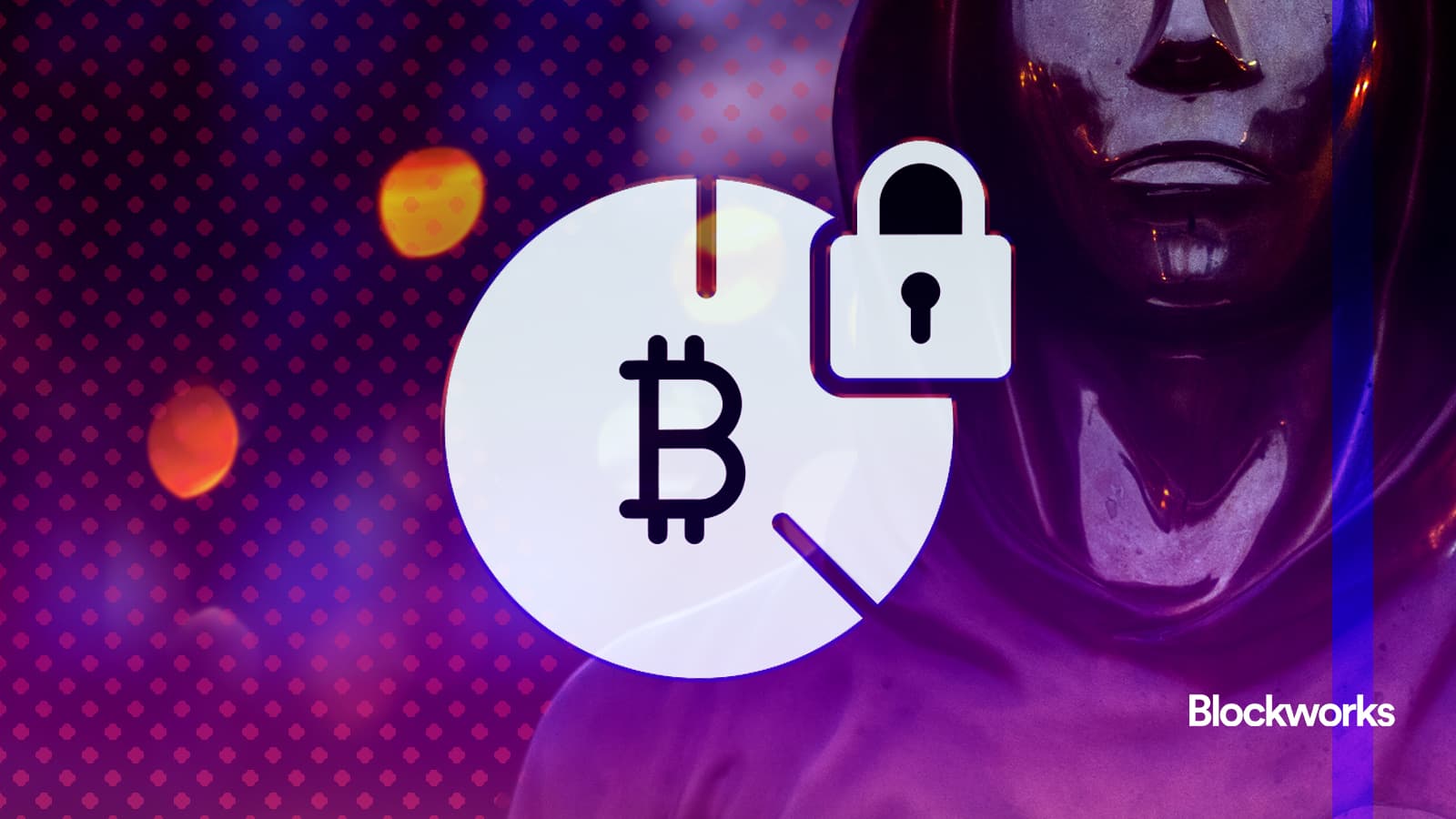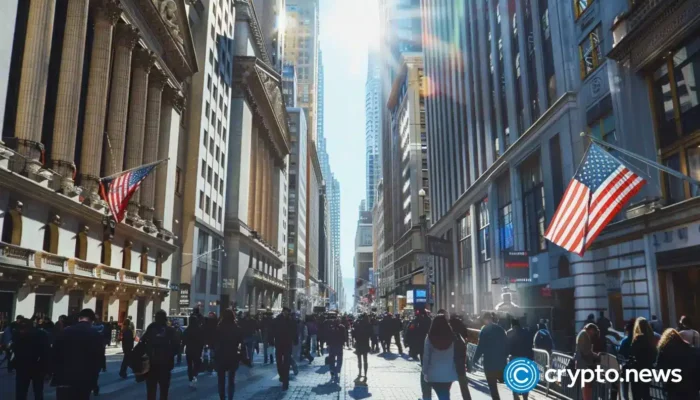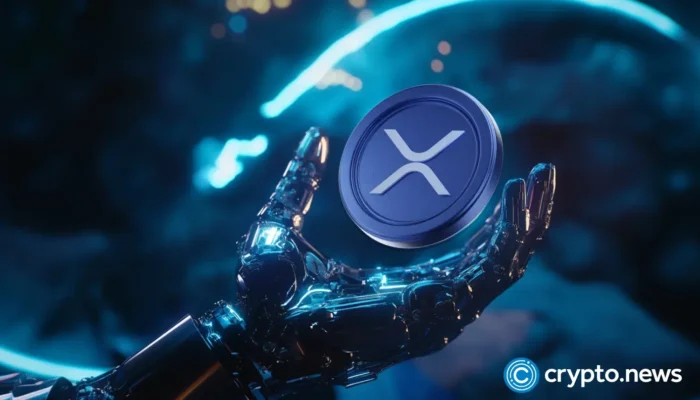This is a segment from the Supply Shock newsletter. To read full editions, subscribe.
“Sigh…why delete a wallet instead of moving it aside and keeping the old copy just in case?”
That’s Satoshi in October 2010 — only two months before they would post their last public message to Bitcointalk.
Satoshi had been troubleshooting a report of an unconfirmable transaction somehow making it to the chain, which would’ve been much easier had the person who’d sent it still had their wallet instance active on their machine.
“You should never delete a wallet,” Satoshi said, seeming frustrated.
And as it so happens, addresses once believed to have been controlled by Satoshi are now sitting on up to 1,125,150 BTC, equivalent to $123.3 billion right now.
If that’s true, Satoshi would be the 10th richest person in the world, at least for today — about $7 billion behind former Microsoft CEO and hypeman Steve Ballmer.
Unsolved Mysteries
Did Satoshi really mine more than 1.1 million bitcoin?
It would mean that Bitcoin’s creator had hoarded about 26% of the circulating supply by the time they urged users never to delete their wallets.
Another 15.5 million coins have been mined since then, bringing down Satoshi’s estimated holdings to 5.6% of the current supply.
Bigger brains than mine have scoured the chain data for clues, and I’d encourage anyone to read over the detailed work of Bitcoin developers Sergio Lerner and Jameson Lopp, if you haven’t already.
Essentially, Lopp independently verified Lerner’s discovery of a particular method of mining that was incredibly powerful in the early years.
Miners usually randomize nonce values on their way to finding valid hashes to generate new coins. But until May 2010, there was a miner — or miners — selecting nonces more systematically.
Whoever they were, they would only search for correct nonces within certain small ranges, rather than the 4.3 billion that exist within the entire valid pool.
They would also maximize their efficiency by incrementing through a then-little-known feature, ExtraNonce, which allows miners to more easily check additional hashes after the whole pool has been exhausted. ExtraNonce was not documented or utilized within the official Bitcoin software itself, so whoever had done this had built their own miner.
These specific processes imprinted a pattern into the chain data through the block header hashes themselves, and Lerner, Lopp and eventually BitMEX researchers all concluded the same things: This method was extremely effective and it had been used to mine up to 1.1 million bitcoin in the first year and a half or so. It tapered off over time, until suddenly it stopped.
Satoshi’s estimated hash rate is in red, the total network is in blue. Notice red and blue are positively correlated until late 2009, implying Satoshi dominated mining for almost a year (source).
Lerner had named the pattern “Patoshi,” but it’s never been explicitly proven that Satoshi was the one mining bitcoin in this way. (By the way, check out Sergio Lerner’s recent appearance on Supply Shock.)
Of course, the theory tracks: There were very few miners on the network in 2009, and most simply ran the official Bitcoin software, which didn’t contain a customizable ExtraNonce field. Who else but Satoshi would know how to exploit it?
Devil’s advocate: Bitcoin is open source, and its code was just not that long in 2009 — only about 9,000 lines. It’s not outside the realm of possibility that some savant reviewed the mining logic and immediately understood what to do.
Still, even the number of coins mined using the Patoshi method is technically still up for debate. In 2018, BitMEX boffins found only reasonable evidence pointing to a single dominant miner generating between 600,000 and 700,000 BTC — almost 40% fewer than Lerner’s initial calculation.
In that case, Satoshi’s bitcoin would be worth only $76.7 billion — $10 billion ahead of Binance founder Changpeng Zhao, still making them the 21st richest billionaire in the world.
After all, you should never delete a wallet.
Get the news in your inbox. Explore Blockworks newsletters:
- The Breakdown: Decoding crypto and the markets. Daily.
- Empire: Crypto news and analysis to start your day.
- Forward Guidance: The intersection of crypto, macro and policy.
- 0xResearch: Alpha directly in your inbox.
- Lightspeed: All things Solana.
- The Drop: Apps, games, memes and more.
- Supply Shock: Bitcoin, bitcoin, bitcoin.




